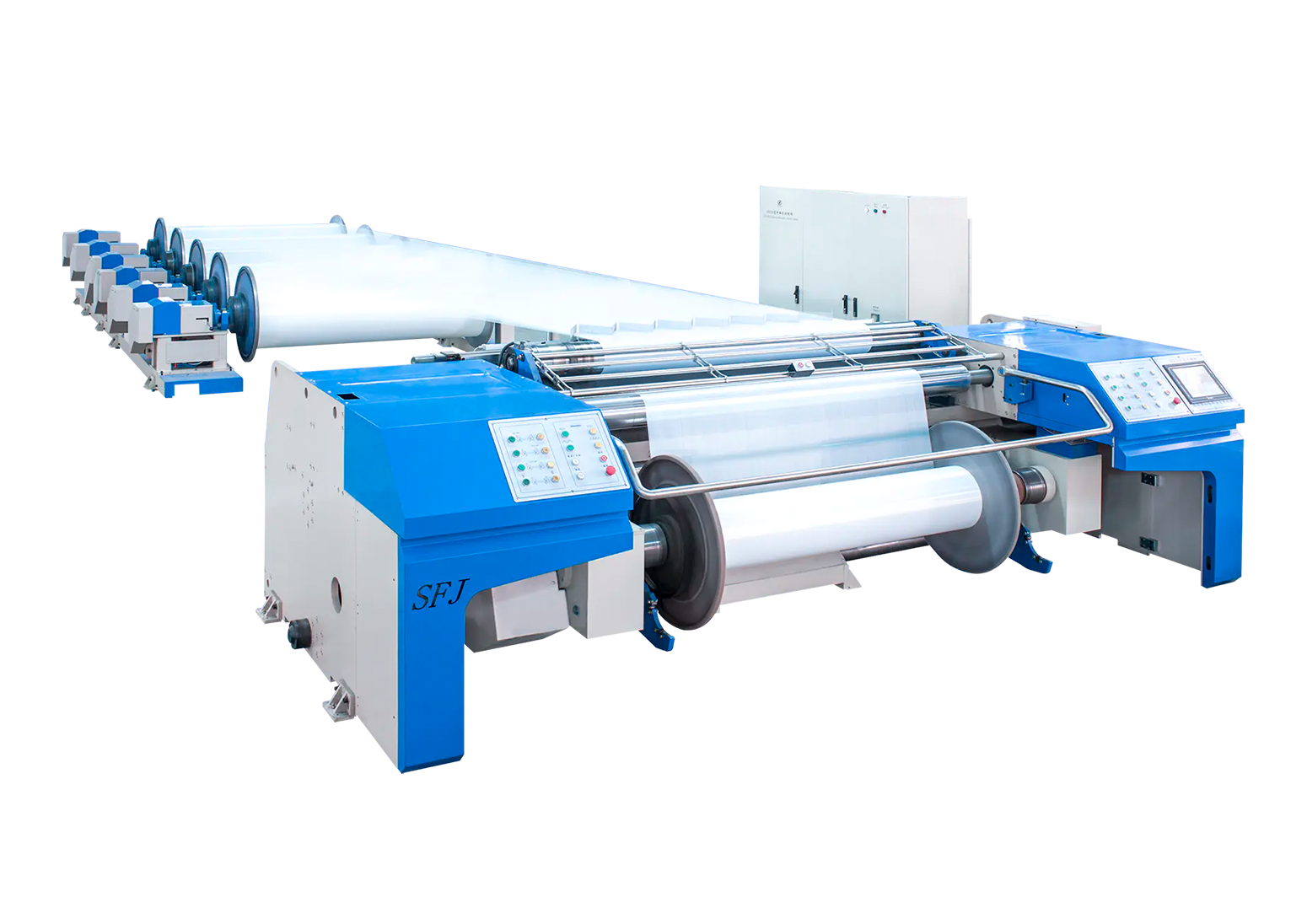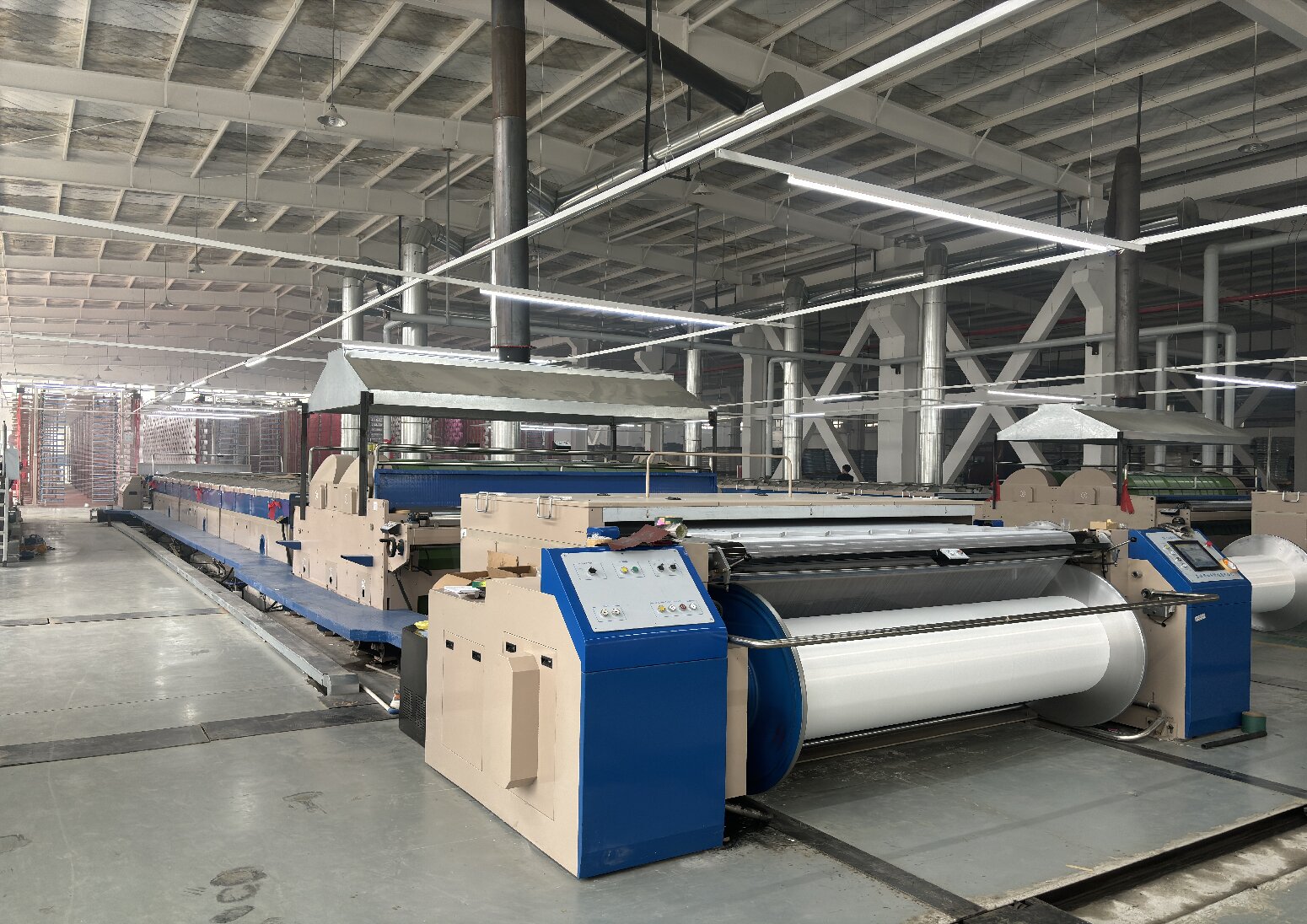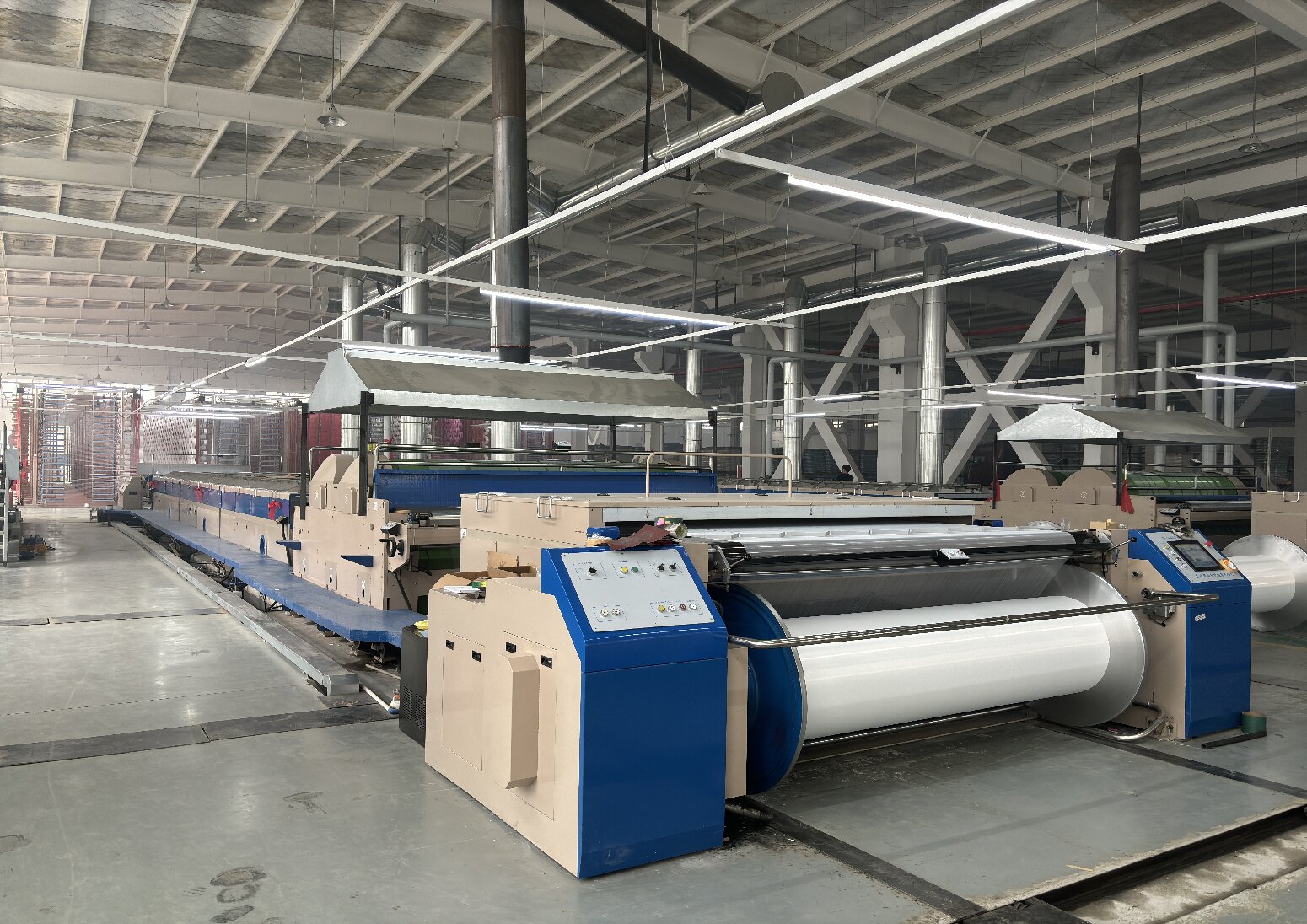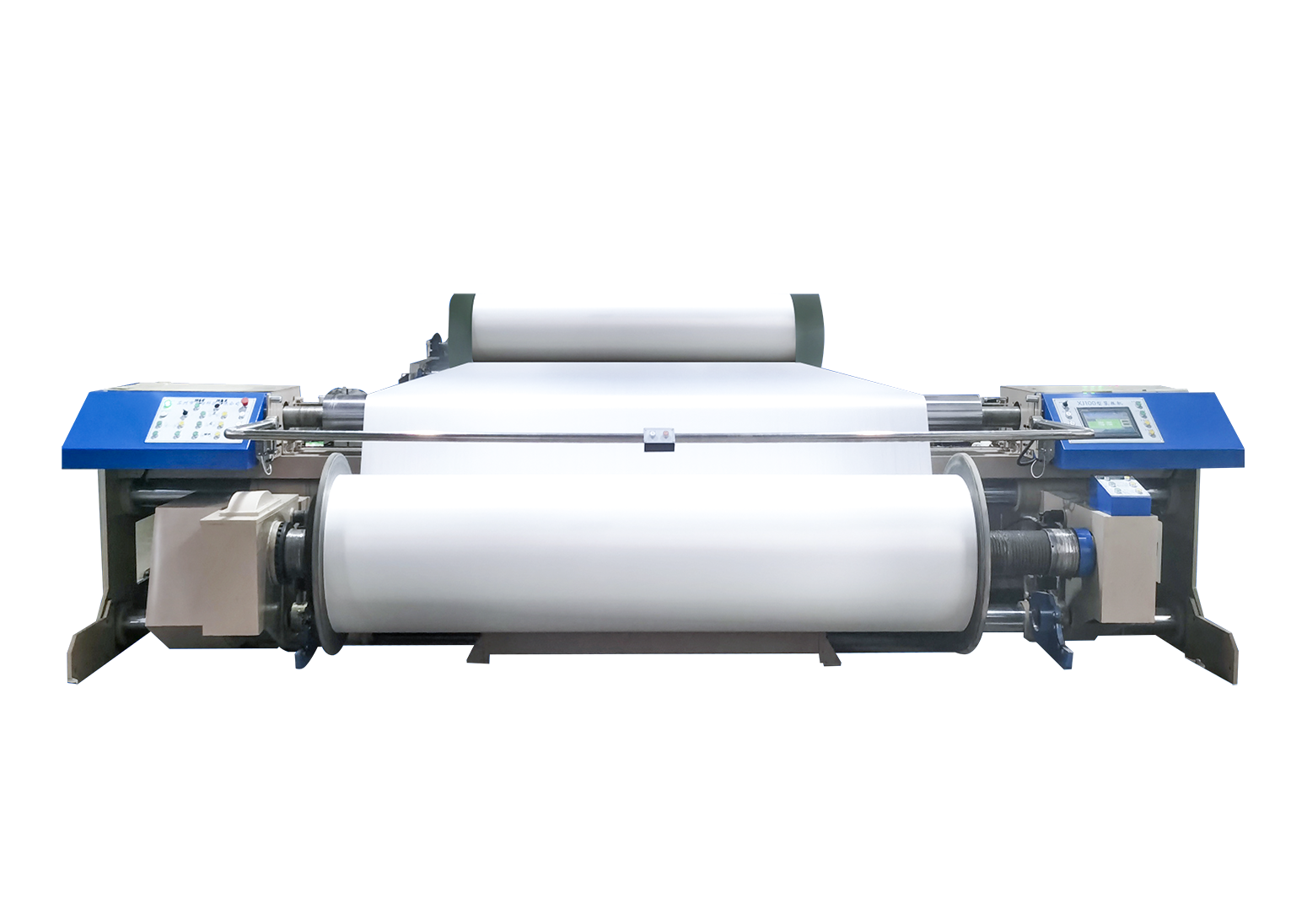Can a beaming machine be used for different materials?
It seems like you might be referring to a general concept or technology that involves beaming energy or particles onto various materials for different purposes. This could include technologies like laser cutting, laser engraving, or other processes that involve directing focused energy onto different materials.
Yes, in many cases, such technologies can indeed be used on different materials, but the feasibility, effectiveness, and safety of using a "beaming machine" on various materials would depend on several factors:
Material Properties: Different materials have different optical, thermal, and chemical properties. The interactions between the energy beam and the material will vary based on these properties, which can impact the outcome of the process.
Energy Source: The type of energy source used for the beaming process matters. For example, lasers come in different wavelengths and power levels, and the appropriate parameters would need to be chosen based on the material being processed.
Material Response: Some materials might absorb the energy and heat up, leading to cutting or engraving, while others might reflect or scatter the energy, making the process less effective.
Safety Considerations: Different materials might emit hazardous fumes, particles, or radiation when exposed to certain energy sources. Safety measures need to be adjusted accordingly.
Precision and Accuracy: The precision and accuracy of the process might vary depending on the material. Some materials might be more challenging to work with due to factors like melting, warping, or other undesirable effects.
Process Optimization: The process parameters, such as beam intensity, speed, and focus, might need to be optimized for different materials to achieve the desired results.
Material Compatibility: While some beaming processes might work well on a range of materials, others might be specifically optimized for certain types of materials.
Material Thickness: The thickness of the material can impact the depth of engraving, cutting speed, and overall process effectiveness.
Post-Processing Requirements: Different materials might require specific post-processing steps, such as cleaning, polishing, or treating, after the beaming process is complete.
Examples of applications where beaming technologies are used on various materials include laser cutting of metals and textiles, laser engraving on wood and glass, and laser marking on plastics and ceramics. Each of these applications requires careful consideration of material properties and process parameters to achieve the desired results.
If you have a specific technology or process in mind, providing more details could help give more accurate information about its capabilities and limitations.



 中文简体
中文简体








